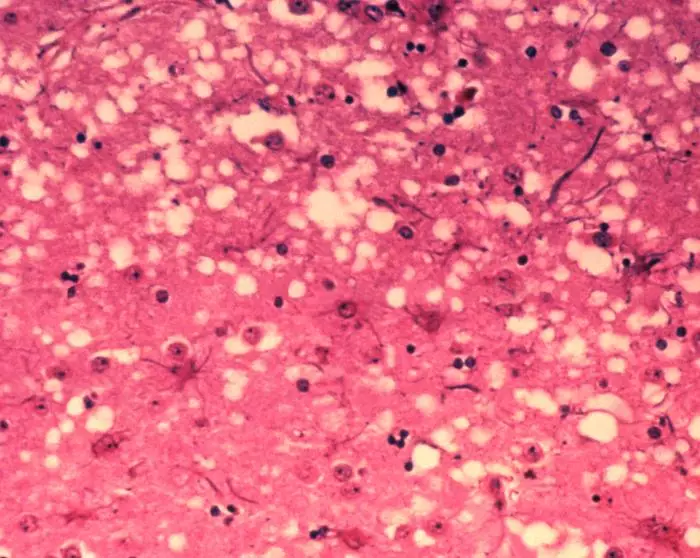Prions are abnormal, transmissible agents that can induce the misfolding of normal cellular proteins, leading to a group of fatal neurodegenerative diseases known as prion diseases. These diseases, such as Creutzfeldt-Jakob disease (CJD) in humans and chronic wasting disease (CWD) in animals, have devastating effects on both humans and wildlife populations. Understanding the mechanisms behind prion propagation is crucial for developing effective treatments for these currently untreatable conditions.
Researchers from Boston University Chobanian & Avedisian School of Medicine recently conducted a study where they identified 10 compounds capable of reducing the levels of pathological prion proteins (PrPSc) in infected cells. These compounds showed promising results in preventing the toxic effects of PrPSc on neurons, highlighting their potential as therapeutic agents for prion diseases.
Among the identified compounds, five have a history of use in humans for various conditions such as neuropsychiatric disorders and neuropathic pain. The compounds, including rimcazole, haloperidol, and (+)-pentazocine, have shown anti-prion properties in experimental models, providing a potential avenue for drug repurposing in the treatment of prion diseases. Additionally, compounds like SA 4503 and ANAVEX2-73, currently under clinical trials for ischemic stroke and Alzheimer’s disease, also demonstrated promising results in reducing PrPSc levels.
The researchers initially hypothesized that the compounds targeted sigma receptors (σ1R and σ2R) to inhibit prion propagation. However, using gene knockout technology (CRISPR), they found that the sigma receptors were not the direct targets of these drugs. Further experiments revealed that the compounds did not inhibit the conversion of normal prion proteins (PrPC) to PrPSc in cell-free reactions, indicating that an alternative pathway mediates their anti-prion effects.
Prion diseases pose significant public health challenges, from concerns about the safety of blood transfusions to the proper decontamination of surgical tools. The potential repurposing of existing drugs with known safety profiles for the treatment of prion diseases could offer new hope for patients facing these debilitating conditions. Lead author Dr. Robert C.C. Mercer and corresponding author Dr. David A. Harris emphasized the urgent need for effective treatments for prion diseases, given the lack of currently available therapies.
The identification of compounds with anti-prion properties and the potential repurposing of existing drugs offer a glimmer of hope in the fight against prion diseases. Further research into the mechanisms of action of these compounds and their efficacy in clinical settings is essential for developing targeted therapies for these devastating conditions. The insights gained from this study pave the way for future advancements in the treatment of prion diseases and highlight the importance of drug repurposing in addressing unmet medical needs.



Leave a Reply